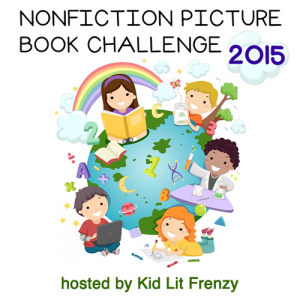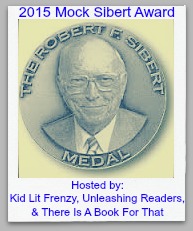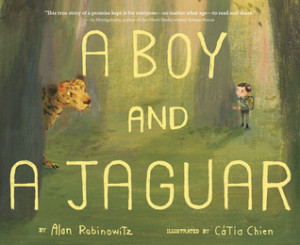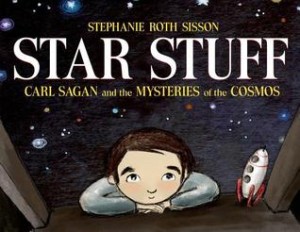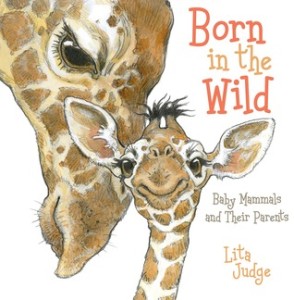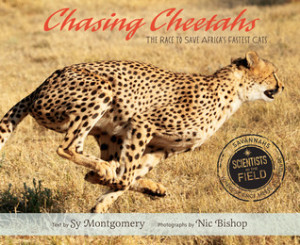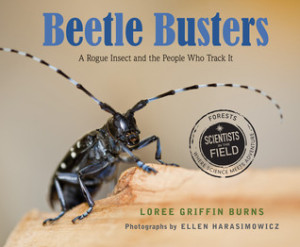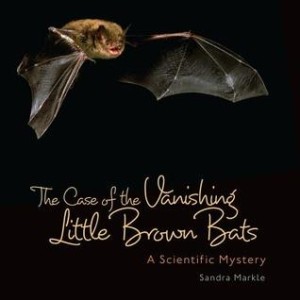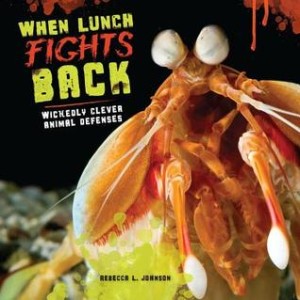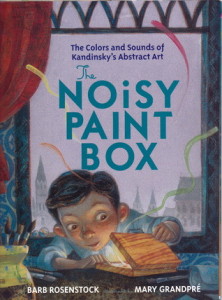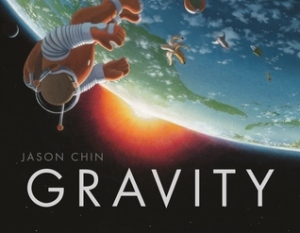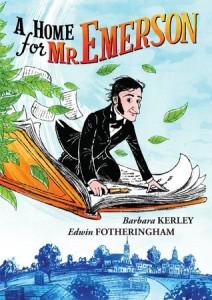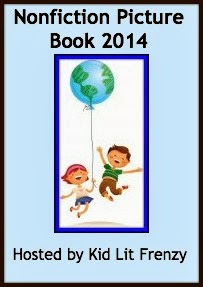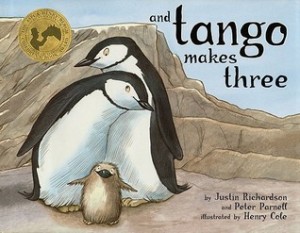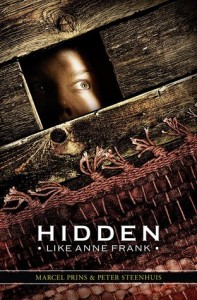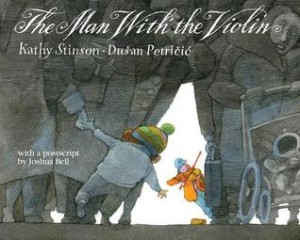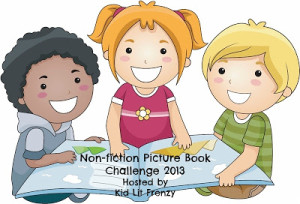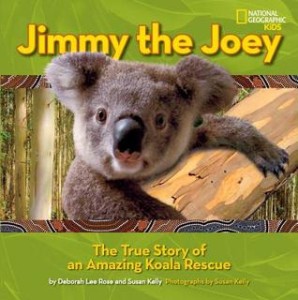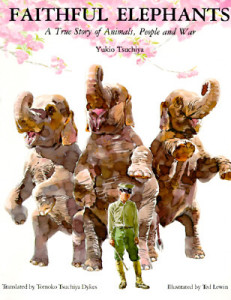Nonfiction Picture Book Wednesday is hosted by Kid Lit Frenzy and was started to help promote the reading of nonfiction texts. Most Wednesdays, we will be participating and will review a nonfiction text (though it may not always be a picture book).
Be sure to visit Kid Lit Frenzy and see what other nonfiction books are shared this week!
First, I want to share my excitement for The Right Word, our Mock Sibert winner, becoming the actual Sibert winner! So ecstatic that we got it right! Also, Neighborhood Sharks was honored which makes me super happy because it might have been my favorite.
Part of hosting the Mock Sibert is reading as many nonfiction books (we focus on nonfiction picture books and children’s books) as possible. Today I wanted to share with you some of the amazing titles that we considered for the Mock Sibert, but that I hadn’t been able to post about yet. They may not have been in my top 5, but were definitely some of the best nonfiction titles I read in 2014.
A Boy and a Jaguar by Alan Rabinowitz
Published May 6th, 2014 by Houghton Mifflin Harcourt
I loved loved loved this book. The messages about animals and human are the same: all living things should be respected. I am so glad that the Schneider committee recognized the power of this book.
Star Stuff: Carl Sagan and the Mysteries of the Cosmos
Published October 14th, 2014 by Roaring Brook Press
Carl Sagan is such an inspirational person, and this book is the perfect introduction to him. I really loved how this author tied Dr. Sagan’s childhood of curiosity and exploration to his success as a scientist. He is such an inspiring man and his story shows how anyone can build a repertoire of knowledge and grow up to make a difference.
Born in the Wild: Baby Mammals and Their Parents by Lita Judge
Published October 21st, 2014 by Roaring Brook Press
A beautifully illustrated picture book that focuses on what each baby needs to thrive.
Chasing Cheetahs: The Race to Save Africa’s Fastest Cats by Sy Mongomery
Published April 1st, 2014 by HMH Books for Young Readers
Beetle Busters: A Rogue Insect and the People Who Track It by Loree Griffin Burns
Published October 7th, 2014 by HMH Books for Young Readers
These were my first two “Scientists in the Field” books I’ve read after years of people suggesting them to me. I now know why everyone likes this series. They are interesting, have phenomenal illustrations, and makes the stories they are sharing accessible to their readers.
The Case of the Vanishing Little Brown Bats: A Scientific Mystery by Sandra Markle
Published September 1st, 2014 by Millbrook Press
This book takes the reader through the scientific inquiry process while the scientists work to figure out the mystery of the bats. Quite an adventure!!
When Lunch Fights Back: Wickedly Clever Animal Defenses by Rebecca Johnson
Published September 1st, 2014 by Millbrook Press
This book talks about some truly strange, fascinating, and cool animal defenses on the planet. The illustrations are amazing, and this book is going to definitely be a kid magnet.
We also considered The Noisy Paintbox, Gravity, and A Home for Mr. Emerson, but I have already reviewed them. Click on the book covers to read my review of these titles.
Also, check out my Mock Sibert partners’ lists of favorite 2014 nonfiction books (Alyson Part 1 Part 2 | Carrie) to see other titles that are must reads!
What were your favorite NF books from 2014?
